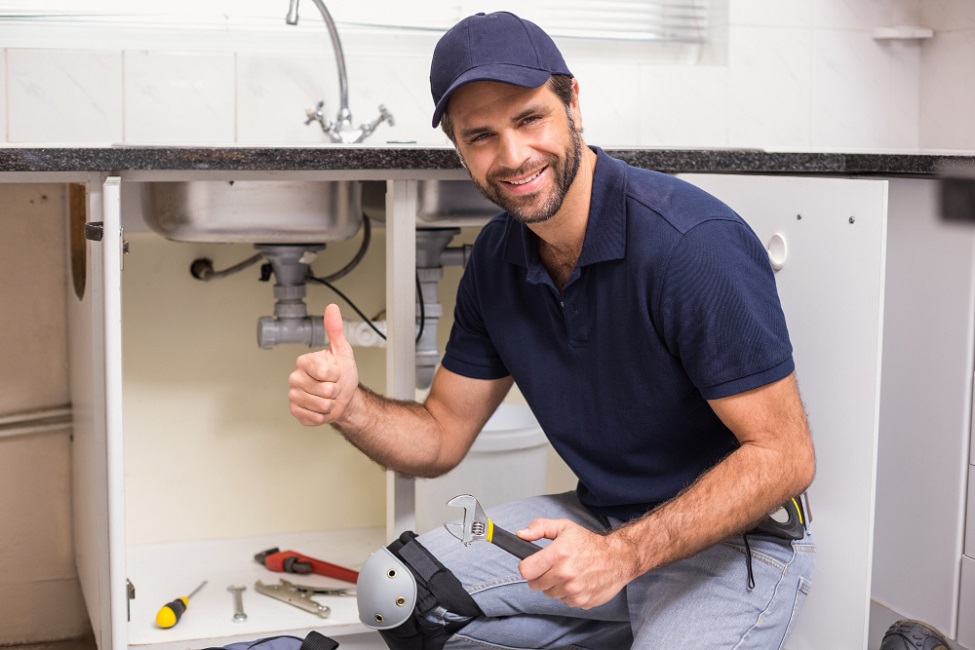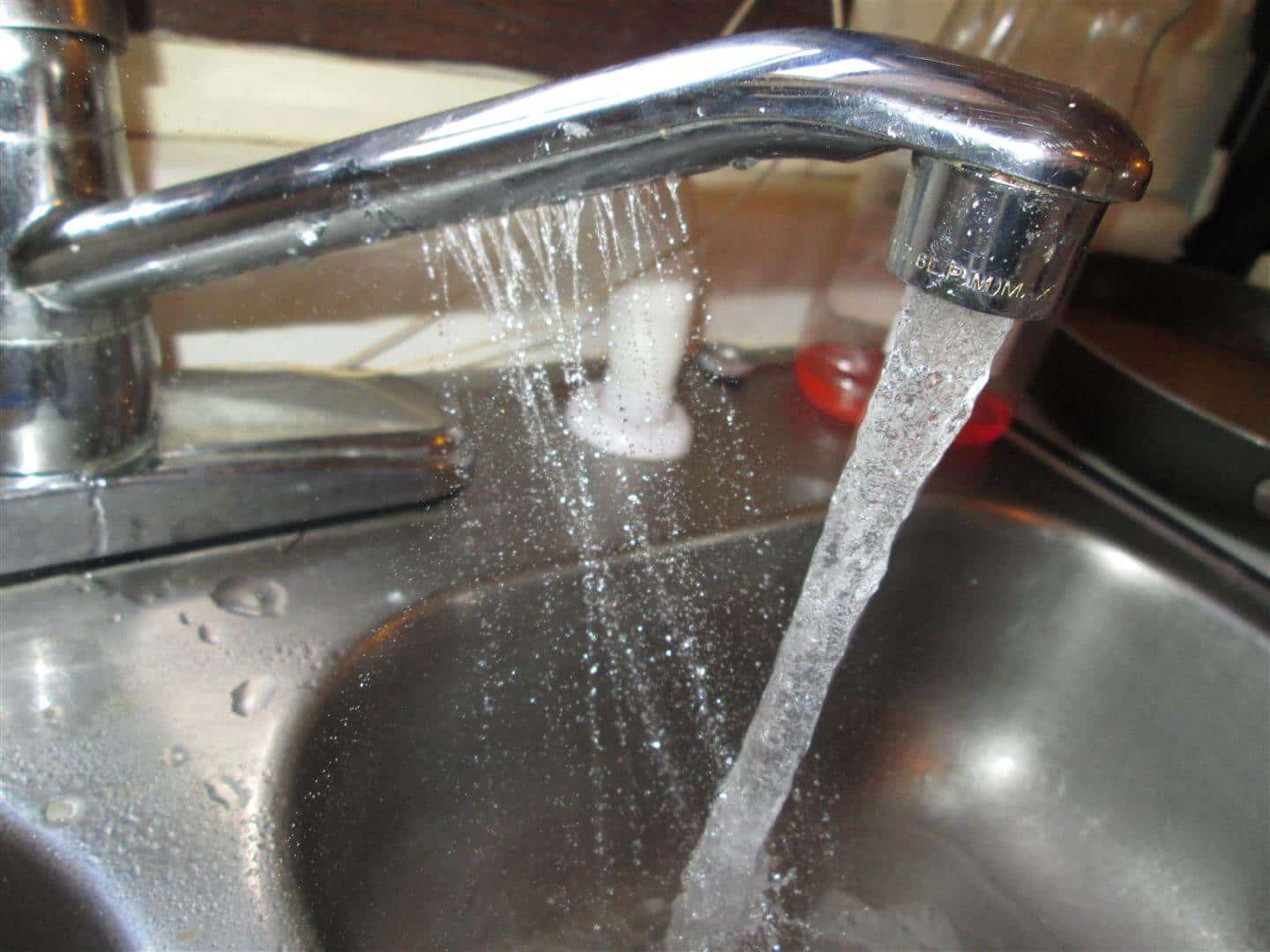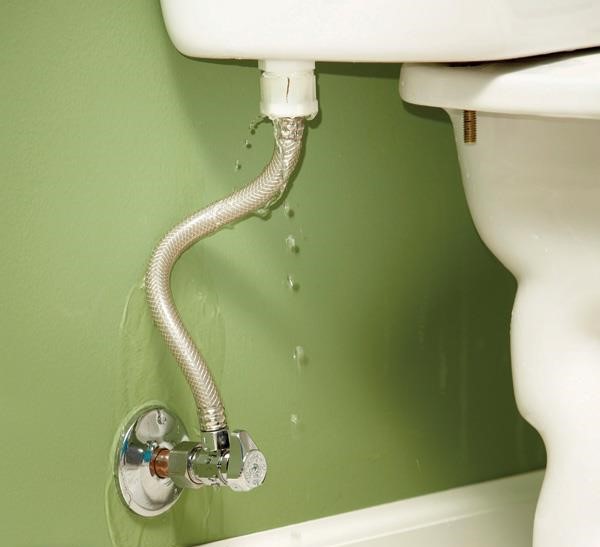Inspection carried out on plumbing system is of paramount importance before taking possession of any house; new or old. Plumbing inspection can be of a new house or the existing one. If you are buying a new house plumbing inspection is very important as it will be savior of future inconvenience as well as future expenses. Here we have emphasized on plumbing inspection before buying new house.

Plumbing inspection is carried out by a certified plumber or plumbing consultant but in case if you want to do it yourself then we have listed out what to check and how to check.
Following are the important elements of plumbing inspection checklist for residential plumbing system:
(a) Pipes:
Pipes are connecting members of the whole plumbing system. Any damage to these pipes will affect the whole plumbing system and to repair or replace pipes is not easy once in use.
Check for following things:
01. Pipes should not have rust formation.
02. In case of plastic pipes the plastic used in pipe should be permissible.
03. All lead pipes should be replaced as lead is harmful.
04. Turn on all faucets and check for noisy pipes if any.
05. Check for leakage is done by these two tests:
- Pneumatic Pressure Test: Perform air pressure test on pipes. It is a way of checking for leaks in the water pipes without actually having any water in the pipes. Connect an air compressor to the water piping, typically at the laundry faucet or exterior sillcock. Turn off all the faucets. Now pressurize the pipes to about 60psi or 4.1kg/cm2. Wait for minimum 30 min to check if there’s any pressure drop. Pressure drop is an indication of leakage in pipes.
- Hydraulic Pressure Test: Remove all air from the system through valves and fixtures. Plug or seal all openings and close all valves. Now fill the pipe system with water and pressurize it to specified pressure i.e. 6 kg/cm2 (85 psi). Take a walk around the pipelines that are accessible and observe noisy pipes if any or check for leaks. Then check the pressure, if there’s any pressure drop, then it is the indication of leaky pipes, else the pipes are leakage free.

Courtesy – talonplumbing
(b) Faucets:
Faucets are commonly known as taps. Check carefully every faucet or faucet assembly. Faucets should neither be corroded nor should be leaking. Even check for faucet handles that they aren’t jammed or has any mineral deposit.

Courtesy – structuretech1
(c) Fixtures:
It includes sinks, bathtubs, showers, laundry tubs, sill cocks. All fixtures should be placed correctly and firmly fixed. There should be no leakage in any fixture fittings.
Necessarily Check for Valves:
Check that your property has different types of valves such as inlet valve on mains, drain valve at bottom of water storage tank, float valve in flush cistern, pressure reducing valve for water heaters, check valve to prevent backflow, etc. These valves control passage of water. All these valves are necessary for safe and sound passage of water and are also of prime importance when it is required to close the inlet supply during repair works of pipelines.
(d) Water Pressure:
Water Pressure Gauge is used to check water pressure. Install water pressure gauge on the main line and check its pressure. It should be between 45 – 80 psi or 3.1 – 5.6 kg/cm2. Excess pressure will harm pipes, fixtures and appliances and lower pressure will causes inconvenience. In case of high water pressure, a pressure reducing valve needs to be installed at mains.
(e) Water Closets (WC):
WC should be checked for the following:
- Leakage: Run wc and check for leakages if any. Don’t neglect minutest crack/leak if any, as it will grow with use and time.

Courtesy – familyhandyman
- Position: Toilets should be firmly fixed and sealed properly. They should not move in any case. Even check the base of toilet by applying body weight with your foot. It should not move.

Courtesy – legendaryhs
(f) Main Sewer Line & Traps:
Main sewer line is a pipeline that carries the sewerage of your home to city sewer line or septic tank or cess pit. All household drains are connected to main sewer line. Run water from all taps and fixtures and check that no drainage line is blocked. Inspection of main sewer lines is done by running a video camera through the lines and identify following potential problems if any.
- Check for clogs if any
- Material of sewer pipe line
- Corrosion in sewer pipe line
- Intrusion of tree roots
- Connection joints

Courtesy – priorityplumbing
Traps:
Traps are the part of drainage system that prevents the entry of foul smell, insects and vermin from the sewers. Check for nahni trap (aka floor trap) in bathroom, wash area, kitchen sink. Bottle trap for washbasin and kitchen sinks. P, Q and S trap in western water closet.

Courtesy – assets.priorityplumbing
(g) Water Heater:
Water heater or a geyser has an average life span of 10 years but may vary depending upon water quality and maintenance. Water heater used for space heating along with heating water for fixtures and appliances, have lesser life span. Apart from life span of a water heater, it should be checked for following:
- Location of water heater – It should be so located that any leakage in heater is noticeable and in case of any malfunctioning it should be easily accessible for repair works.
- Size of water heater – It should meet the size of the home and the needs of your family.
- Scale buildup on the outside of water heater.
- Rust on the outside of water heater.
Residential Plumbing System is one of the costliest system to install and repair. So it is always advisable to go for plumbing inspection before buying your new house. An easiest way to conduct plumbing inspection is to take a note of necessary faults in plumbing system. Here’s a PDF of simple plumbing inspection checklist which will make your task easy.
Also Read:
Residential Plumbing System
Domestic Water Supply System
Different Types of Valves
Author Bio
Nidhi Patel – Civil Engineer
